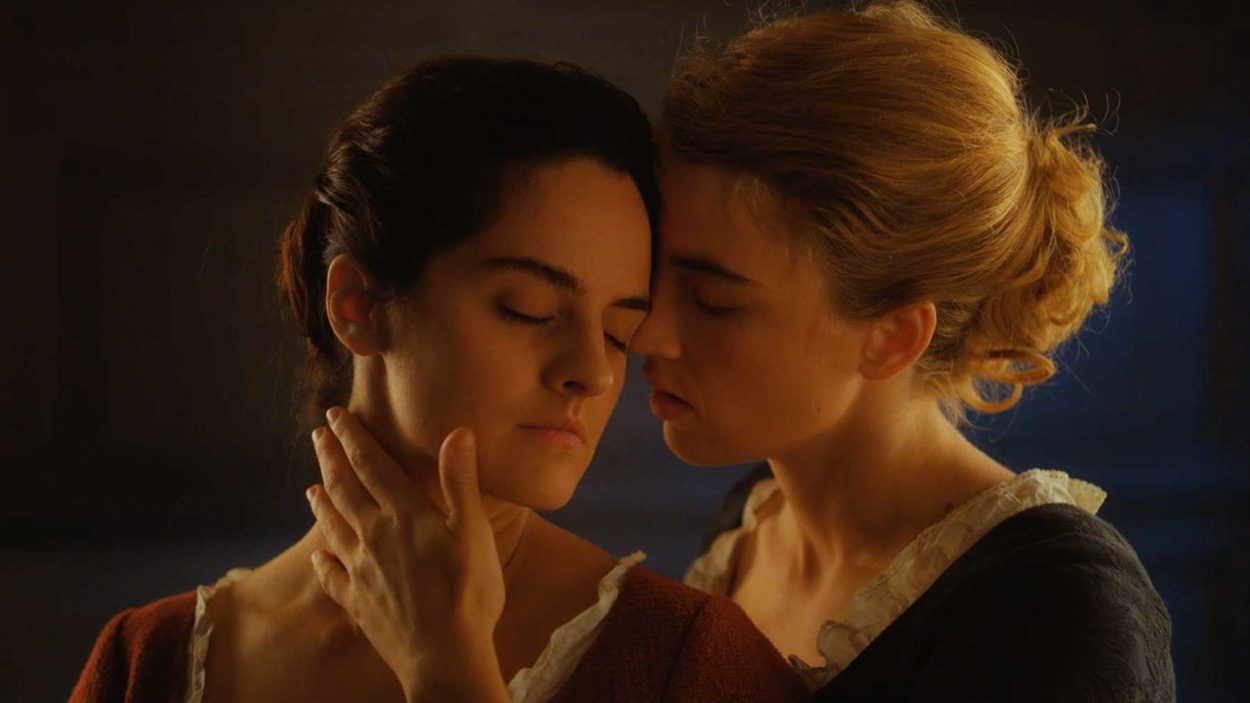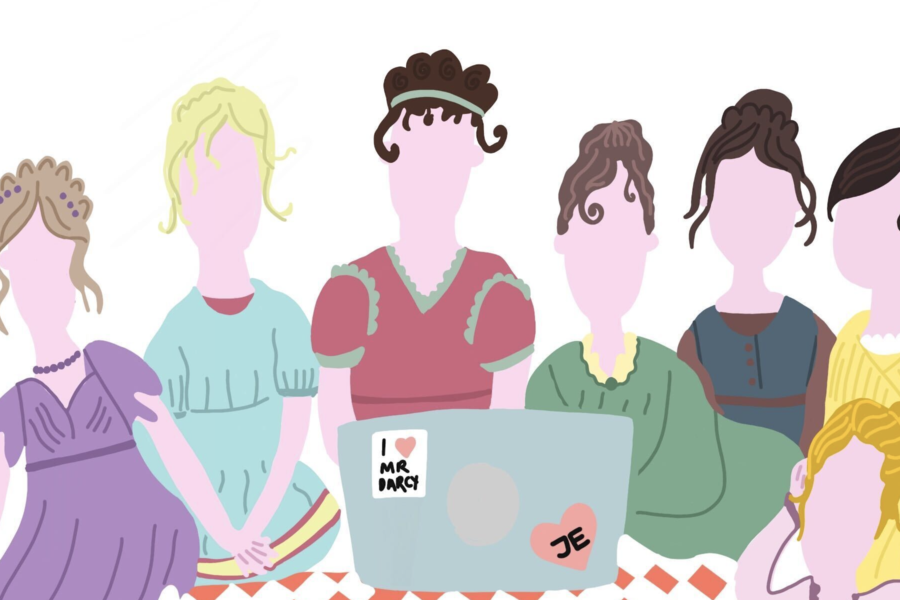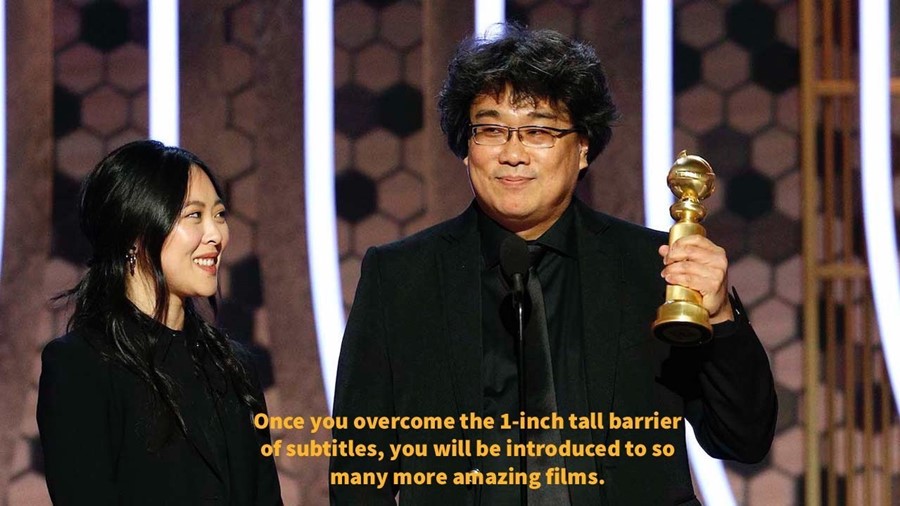In 1975, Laura Mulvey published her seminal essay ‘Visual Pleasure and Narrative Cinema’ which used a psychoanalytic lens to argue that cinema is written, directed and shot from the perspective of male visual pleasure within a patriarchal framework or as she then coined the ‘male gaze’…

How ‘Portrait of a Lady on Fire’ Demands Us to Unlearn the Male Gaze
Arguably film encourages a deeper aesthetic and often voyeuristic relationship – one between the characters on the screen but also from the outside spectator. This double gaze, Mulvey argued, has been dramatically rendered a reflection of the patriarchal society thereby making these gazes disproportionately ‘male’. Gradually and unconsciously this imbalanced male gaze has been learned and internalised by the viewer as well as filmmakers as the fixed mode of viewing and creating.
But we are beginning to unlearn this through films like Celine Sciamma’s , Portrait of a Lady on Fire (2019). The intimate portrayal of female love has been described as a ‘manifesto on the female gaze’. Sciamma tells the story of an artist, Marianne, enlisted to paint a portrait of Heloise, who is betrothed to an Italian nobleman and refuses to sit for formal premarital portrait. The relationship between artist and sitter evolves into a romantic one. Perhaps, the most striking element of this work is the lack of men on screen. This redaction of the male gaze within the screen allows for the focus on the women to flourish without a competing power dynamic.
The female gaze is created through intense and purposeful looks between the three main women on screen as well as one behind the camera. The lack of music as well as the expulsion of the male gaze heightens these gazes to be a source of powerful storytelling – subverting the typical voyeuristic narrative of the active male gaze. However, Sciamma does not naively redact men from the world of this romance. Marianne’s initial purpose is to create a portrait for the future husband of Heloise, prompting her to say the artwork must conform to ‘rules, conventions, and ideas’ of classical art. Heloise’s denial of this is significant – she rejects the looming male authority within the screen but also from us, the spectators, to make her the object of visual pleasure.
Mulvey also discusses how an active/passive division of labour has been controlling the narrative structures that we are accustomed to in visual art. Often in film, there is a distinct split between the narrative controlling (active) man vs. the object of the narrative (or the ‘spectacle’ as Mulvey refers to it) the passive woman. This allows men to advance narratives, often their own, whilst the ‘labour’ of sexual objectification remains stagnant with the woman.
In a later scene, Heloise and Marianne are in bed together and talk about remembering the love they share. To create a tangible memory, Marianne uses a hand mirror to gaze upon herself and illustrate a nude self- portrait. ‘Vanity’ painting includes a host of work of nude women, almost always painted by men, gazing at their own reflections. This is sometimes argued to be a progressive genre as women become part of the spectatorship. John Berger aptly argues in Ways of Seeing that the reality is that ‘vanity’ can often mask the commonality of exclusively men continuing to ‘gaze’ upon and view women. Berger writes: ‘Common to all of these images is the sense of the woman being watched; by men in the painting; by herself; by the spectator towards whom her body is often turned’. Thereby the power dichotomy between the active man and the passive women is manufactured and perpetuated. Marianne, however, subverts this by overseeing her own image, and the depiction of that image. Sciamma deconstructs this binary by presenting a thoughtful and reciprocated romantic power relation between the women on screen.
This active/passive binary has become so consistent in visual art and appears natural due to its direct reflection of the constructed gender dichotomies within society. When these are reflected in cultural practice such as fine art or cinema, we are somewhat conditioned to not recognise the injustices being portrayed and perpetuated. By unravelling the conventional modes of viewing, Portrait of a Lady on Fire demands us to consider the habituated ways in which we expect to view and construct women on screen. Therefore, giving narrative and visual power to women in front of and behind the camera. This, symbolically, but also in the literal sense shifts our perspective calling for an unlearning of the male gaze.
Trisha Mendiratta
cover image via Empire Magazine





Leave a Comment